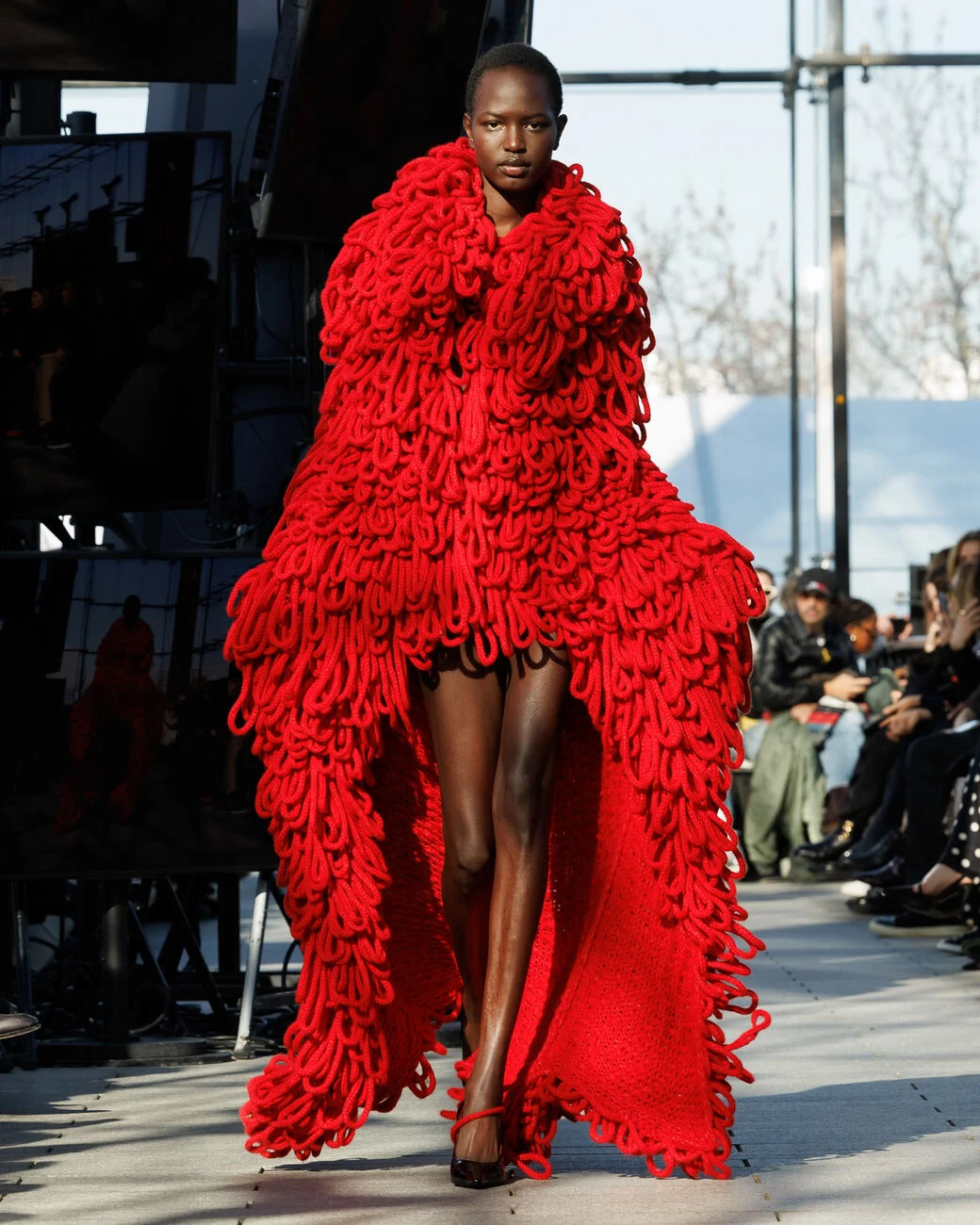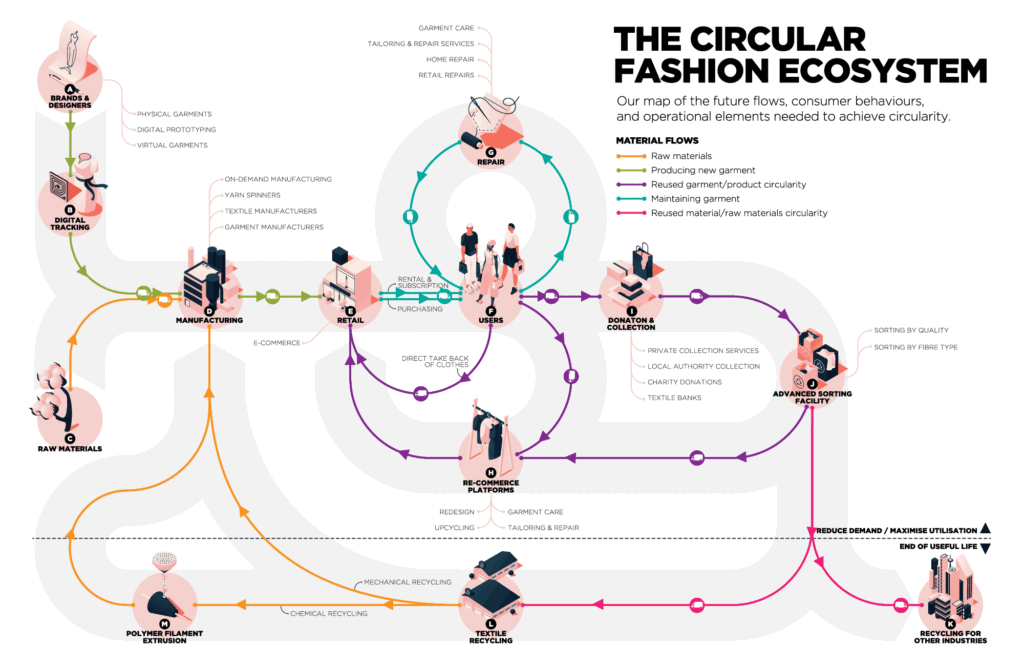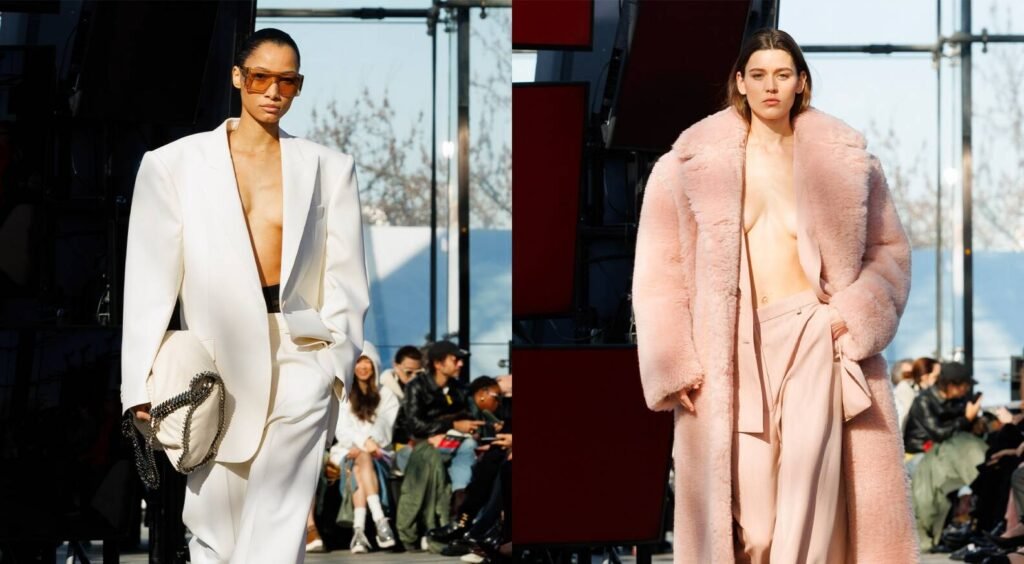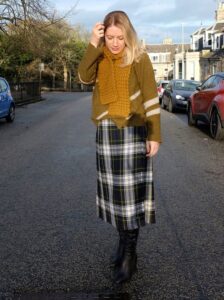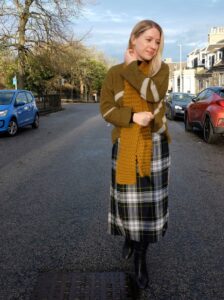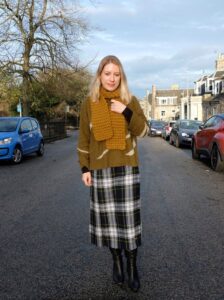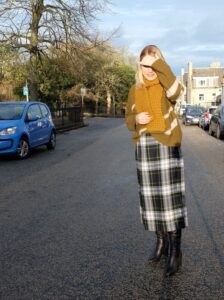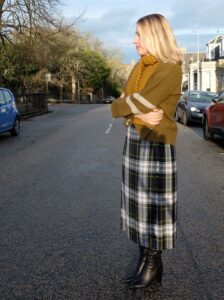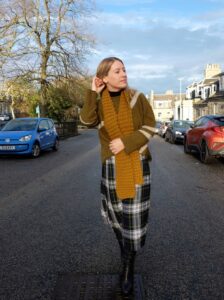A couple of weeks ago, I experienced a racially charged incident at my local shop in Stratford. A moment that served as an uncomfortable reminder – I can never get too comfortable. Racism, whether overt or quietly embedded in the everyday, is never far away. It weaves itself into the fabric of life, sometimes subtly, sometimes glaringly, but always there…
Exposure to racism, in subtle, overt, and systemic ways, has been a consistent thread in my life.
– Patterson, 2020, p. 194
This thread hasn’t always been dominant but it’s always present, enough to shape the way I see the world and the work I do within it. It has shaped my values, my creativity, my community, and my desire to reimagine fashion as something more equitable, more honest, and more active. I wasn’t planning to start this blog post this way but perhaps that’s the point. These experiences don’t ask us permission to interrupt our being.
As someone working at the intersection of sustainable fashion, privilege and financial mobility, I’ve often found myself reflecting on how deeply race, wealth, education and environment intertwine. I didn’t enter sustainable fashion because it was trendy, I came to it because it was necessary. Being a single parent on Universal Credit has meant that I have always struggled financially but it has never stopped my love of making and developing my skills. My work drives me to investigate the ‘how’ and understanding ‘why’ race and environmentalism collide with privilege. By privilege, I mean the ability to make conscious decisions about questioning injustice and having the financial and social freedom to do so. Ultimately, I wanted to ask better questions: Who gets to be sustainable? Who gets left out?
In sustainable fashion conversations often revolve around materials, carbon footprints, and innovation. Rarely do they linger on the uncomfortable truths – that the global fashion system is propped up by centuries of extraction and destruction — of labour, of culture, of land, often at the expense of Black and Brown communities. It’s hard to talk about sustainability without also talking about colonialism, about racialised labour, about the true cost of fashion.
Studying MA Fashion Futures During a Time of Uncertainty
When people of colour look at environmental discourse, they are unlikely to see their struggle represented. They may choose to put their energies elsewhere. That, in turn, makes those stories even less prominent, creating a vicious circle of narrowing interests.
The course offered a critical lens that resonated with me deeply, combining speculative design with ecological and social thought. It was here that I began to stitch together personal, political and environmental narratives through my projects. Having the time and space to research, explore and challenge the information gap within the intersections of these areas at the time of studying and create new knowledge. Fast forward to 2025 and there are now so many more references of intersectional lived experiences both written and visual of marginalised communities around the world and how they engage with and have contributed to sustainable fashion – in the past, present and future.
Building Confidence and Community: Life After the MA
After graduating, I was fortunate to receive Developing Your Creative Practice (DYCP) funding from Arts Council England. That support wasn’t just financial mobility; it was emotional and professional validation. It gave me the confidence to believe that my voice, my ideas, and my questions had value.
Through that funding, I began working more closely with young people in Newham and Hackney, offering workshops and collaborative projects rooted in sustainability, identity, and storytelling. These communities, vibrant, underrepresented, and rich with untapped creativity, continue to inspire me. They remind me that sustainable fashion doesn’t have to come from glossy studios, brands or global platforms. It can start with a shared needle and thread in a community centre, a salvaged garment, or a story passed down through generations.
From the Centre for Sustainable Fashion to the Gallery Space
My time as a Directors Assistant and Project Support with Centre for Sustainable Fashion (CSF) has further deepened my awareness and knowledge. Surrounded by people asking bold questions and challenging the status quo, I have both the space and encouragement to explore the role of race and identity in sustainability in my work, themes that have always felt urgent, but often unspoken in mainstream discourse.
This journey culminated in my first contribution to an exhibition, ‘Fashioning Frequencies‘ at London College of Fashion, where I am currently showcasing a collection of upcycled garments. Each piece is unique and tells a story about memory, material waste, heritage. Seeing the response to my work so far has affirmed something I’d long felt but never fully owned: that these stories matter, and that there is space for them in fashion’s future.
Why I Keep Doing This Work
Inequality and racism. Whether in the form of a morning insult or centuries-long structural imbalance, is a quiet weight many of us carry. It influences where we feel safe, how we move through institutions, and how we are seen (or not) in professional spaces. But it also fuels a sense of purpose.
I don’t create just to resist. I create to reimagine.
Sustainable fashion, for me, is not about perfection or purity. It’s about care. Care for the earth, yes but also for the people who live on it, especially those whose contributions have been overlooked or erased. In the stitches of my garments, in the classrooms and workshops I hold, in the spaces I share with others, I try to make room for something different. Something softer. Something stronger.
Fashion can be more than consumption. It can be a tool for education in social and racial equality, justice, and joyful resistance.
‘Fashioning Frequencies’ is an exhibition exploring fashion as a transmission of identity, agency, and history. It is free for all and open now until 21 June, Tuesday to Saturday, 10am-5pm, at London College of Fashion, UAL, East Bank,105 Carpenter’s Road, Stratford, E20 2AR.
Patterson, J. (2020) All We Can Save: Truth, Courage, and Solutions for the Climate Crisis. USA: Penguin Random House.
Williams, J. (2021), Climate Change is Racist. United Kingdom: Icon Books.



